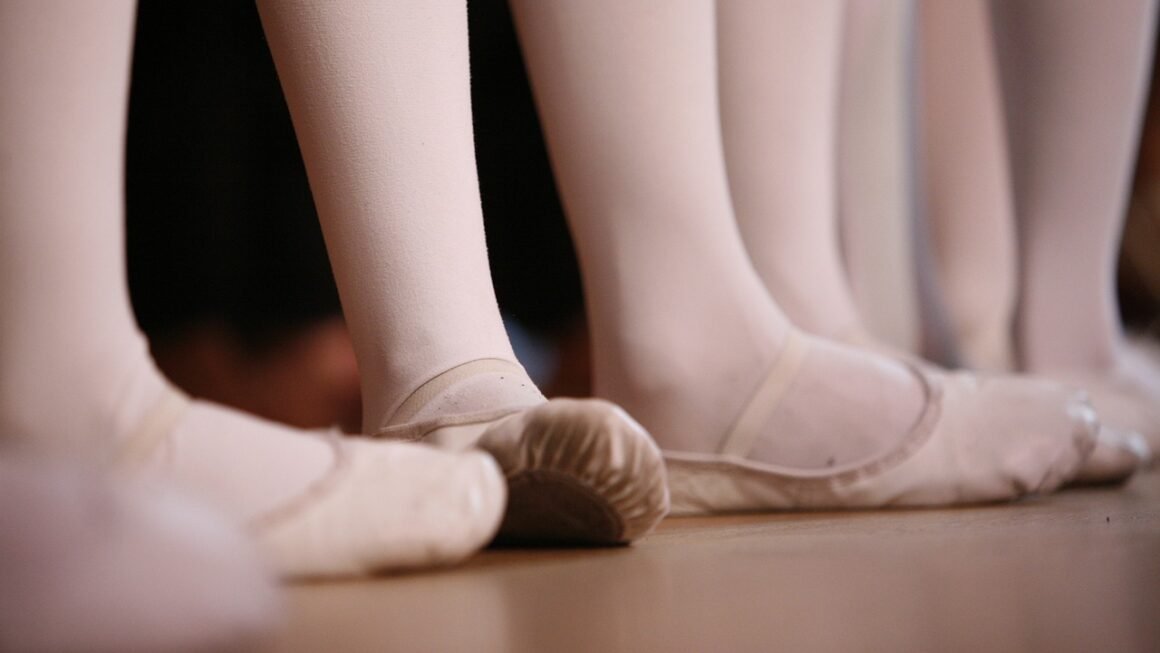Wrestling is a sport steeped in tradition, athleticism, and strategy. Among the various styles, freestyle wrestling stands out for its dynamic nature and global appeal. This Olympic discipline demands a unique blend of strength, agility, and tactical thinking. Let’s dive into the world of freestyle wrestling and explore what makes it a captivating sport.
What is Freestyle Wrestling?
Defining Freestyle Wrestling
Freestyle wrestling is a combat sport where two competitors grapple using a variety of holds and techniques with the goal of pinning their opponent’s shoulders to the mat, gaining technical superiority, or outscoring them within a specified time. Unlike Greco-Roman wrestling, which restricts holds to above the waist, freestyle wrestling allows wrestlers to utilize their legs and attack their opponent’s legs, creating a more open and dynamic style.
Distinguishing Features
- Leg Attacks Allowed: This is the defining characteristic. Wrestlers can grab, trip, and attack their opponent’s legs for takedowns and control.
- Emphasis on Takedowns: Scoring opportunities often arise from successful takedowns, which require quickness and technical proficiency.
- Dynamic Scrambles: Freestyle wrestling is known for its fast-paced and unpredictable scrambles as wrestlers fight for control and position.
- Point System: Points are awarded for various actions, including takedowns, escapes, reversals, and exposure (placing the opponent’s shoulders close to the mat).
Target Audience & Popularity
Freestyle wrestling appeals to a wide audience, from dedicated wrestling fans to those who appreciate high-level athleticism and competition. It is a prominent sport in the Olympics and other international competitions, boasting a massive following in countries like Russia, Iran, the United States, and Japan. The accessibility of the sport makes it appealing, and its emphasis on athleticism makes it visually exciting.
Rules and Regulations of Freestyle Wrestling
Match Structure
A freestyle wrestling match typically consists of two 3-minute periods, with a 30-second break in between. These regulations can slightly vary depending on the age category and the competition level.
- Point System: Wrestlers earn points for different actions.
Takedown: 2 points (bringing an opponent down to the mat from a neutral position and gaining control).
Exposure: 2-4 points (depending on the angle of exposure and duration).
Reversal: 1 point (reversing a controlled position from bottom to top).
Escape: 1 point (escaping from an opponent’s control and returning to a neutral position).
Penalty: 1 point awarded to the opponent for rule infractions.
- Victory Conditions:
Pin: Securing both of the opponent’s shoulders to the mat simultaneously for any length of time results in an immediate victory.
Technical Superiority: A wrestler leading by a certain point margin (usually 10 points or more) ends the match.
Decision: If neither wrestler achieves a pin or technical superiority, the wrestler with the higher score at the end of the match wins.
- Stalling: Avoiding engagement or deliberately running out of bounds can result in warnings and eventually penalty points.
Weight Classes
Freestyle wrestling is organized into various weight classes, ensuring fair competition between athletes of similar size. These weight classes vary based on age and competition level, from cadet to senior levels. Each wrestler must weigh in before the competition to ensure they meet the weight requirements of their respective class.
Common Penalties
- Passivity: Refusing to engage and actively wrestle.
- Illegal Holds: Holds that can cause unnecessary risk of injury.
- Fleeing the Mat: Intentionally stepping out of bounds to avoid wrestling.
- Unsportsmanlike Conduct: Actions that violate the spirit of fair play.
Key Techniques in Freestyle Wrestling
Takedowns
Takedowns are crucial for scoring and gaining control. Successful takedowns often set the stage for further scoring opportunities or pinning combinations.
- Single Leg Takedown: Grabbing one of the opponent’s legs and lifting or driving through to bring them down.
Example: A wrestler shoots in on their opponent’s right leg, secures it tightly, and drives forward, bringing the opponent to the mat.
- Double Leg Takedown: Grabbing both of the opponent’s legs and driving forward to bring them down.
Example: A wrestler lowers their level, penetrates inside their opponent’s stance, secures both legs, and elevates them for a forceful takedown.
- Headlock: Securing a hold around the opponent’s head and neck to control their posture and create takedown opportunities.
Example: A wrestler wraps their arm around their opponent’s head, pulling them down and off-balance while simultaneously securing a leg for a takedown.
Control and Escapes
Maintaining control after a takedown and escaping from unfavorable positions are essential skills.
- Ride: Maintaining control of an opponent on the mat by applying pressure and preventing them from escaping.
Example: A wrestler uses a tight waist and leg control to keep their opponent flat on the mat and prevent them from standing up.
- Granby Roll: A dynamic escape technique involving a roll to create space and change position.
Example: A wrestler, while on their stomach and with their opponent on top, quickly rolls onto their shoulder, creating separation and potentially reversing the position.
- Stand-Up: Escaping from the bottom position by standing up and breaking the opponent’s control.
Example: A wrestler secures inside position, drives upwards with their legs, and peels away their opponent’s grips to stand up and disengage.
Turns and Exposure
Turning an opponent onto their back to expose their shoulders is a pathway to scoring points and potentially securing a pin.
- Gut Wrench: Lifting the opponent and turning them onto their back to expose their shoulders.
Example: A wrestler hooks their arms around their opponent’s waist from a mat position, lifts them, and forcefully turns them onto their back, scoring exposure points.
- Leg Lace: Entangling the opponent’s legs to control their movement and create turning opportunities.
Example: A wrestler entangles their opponent’s legs with their own, using the leverage to continuously turn them back and forth for exposure points.
- Arm Bar: Controlling an opponent’s arm to manipulate their position and expose their shoulders.
Example:* A wrestler traps their opponent’s arm and uses it as a lever to turn them onto their back, gaining exposure points and potentially setting up a pin.
Training for Freestyle Wrestling
Physical Conditioning
Freestyle wrestling demands a high level of physical fitness. Training programs focus on strength, endurance, agility, and flexibility.
- Strength Training: Building overall strength and power through exercises like squats, deadlifts, bench press, and Olympic lifts.
- Cardiovascular Endurance: Improving stamina through running, swimming, and interval training.
- Agility and Speed Drills: Enhancing quickness and reflexes with ladder drills, cone drills, and plyometrics.
- Flexibility Training: Stretching and yoga to improve range of motion and reduce the risk of injury.
Technical Drills
Repetition of wrestling techniques is crucial for developing muscle memory and improving execution.
- Takedown Drills: Practicing various takedown techniques against a resisting partner or dummy.
- Sprawls: Practicing sprawls to defend against takedown attempts.
- Escape Drills: Practicing escapes from various bottom positions.
- Live Wrestling: Sparring with partners to apply techniques in a realistic setting.
Nutrition and Recovery
Proper nutrition and recovery are essential for optimal performance and injury prevention.
- Balanced Diet: Consuming a diet rich in protein, carbohydrates, and healthy fats to fuel training and promote recovery.
- Hydration: Staying adequately hydrated to maintain performance and prevent muscle cramps.
- Sleep: Getting adequate sleep to allow the body to recover and rebuild.
- Active Recovery: Incorporating light exercises like yoga or swimming to promote blood flow and reduce muscle soreness.
Benefits of Participating in Freestyle Wrestling
Physical Benefits
- Improved Strength and Power: Wrestling develops overall strength and power through resistance training.
- Enhanced Cardiovascular Fitness: The intense nature of wrestling improves cardiovascular endurance.
- Increased Agility and Coordination: Wrestling requires quick reflexes and precise movements, improving agility and coordination.
- Weight Management: Wrestling is a physically demanding sport that can help with weight management.
Mental Benefits
- Discipline and Mental Toughness: Wrestling requires dedication and perseverance, fostering discipline and mental toughness.
- Self-Confidence: Achieving goals in wrestling can boost self-confidence and self-esteem.
- Problem-Solving Skills: Wrestlers must constantly adapt to their opponent’s moves, developing problem-solving skills.
- Stress Relief: The physical exertion of wrestling can provide a healthy outlet for stress.
Social Benefits
- Teamwork and Camaraderie: Wrestling teams provide a supportive environment for athletes to connect and build relationships.
- Respect and Sportsmanship: Wrestling promotes respect for opponents and adherence to rules, fostering sportsmanship.
- Networking Opportunities: Participating in wrestling can open doors to networking opportunities with coaches, athletes, and other professionals.
- Global Exposure: International wrestling competitions provide opportunities to travel and experience different cultures.
Conclusion
Freestyle wrestling is a challenging and rewarding sport that offers a multitude of physical, mental, and social benefits. From its dynamic techniques and strategic gameplay to its emphasis on discipline and perseverance, freestyle wrestling is a sport that can transform lives. Whether you are an aspiring athlete or simply a fan of combat sports, the world of freestyle wrestling has something to offer everyone.



